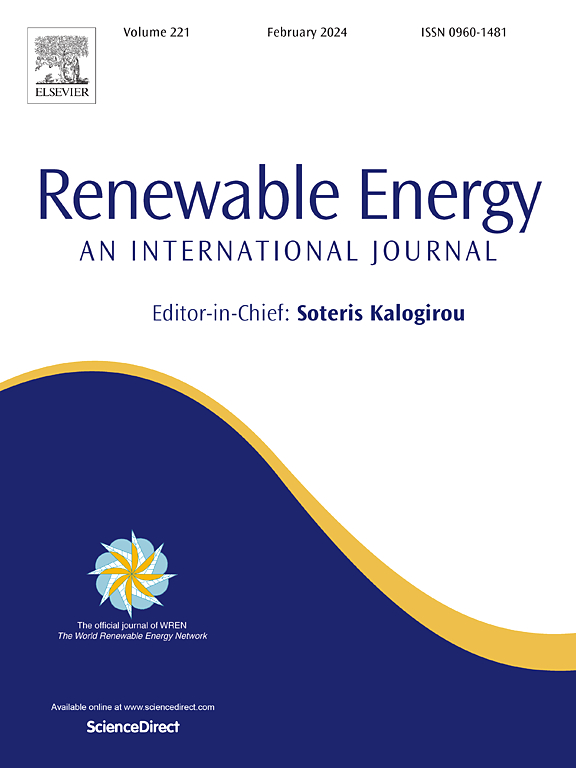Study on the combustion and emission characteristics of a compression ignition engine using diesel/ethanol blend with carbon nanoadditives
IF 9
1区 工程技术
Q1 ENERGY & FUELS
引用次数: 0
Abstract
This article focuses on the effects of adding different types (graphene oxides, multi-layered graphene oxides, multi-walled carbon nanotubes) and dosages (25 ppm, 100 ppm) of renewable carbon nanoparticles to the diesel/ethanol blend towards the combustion and emission characteristics of a compression-ignition engine. The research showed that a shortened ignition delay was brought about due to the presence of carbon nanoparticles, with the most pronounced effect achieved by multi-walled carbon nanotubes. Regarding in-cylinder combustion, the inclusion of carbon nanoparticles induced an enhancement to the combustion progress, associated with increments in peak cylinder gas pressure and peak heat release rate and a decrement in combustion duration, most notably accomplished by graphene oxides. Moreover, the engine exhibits lower fuel consumption and better fuel utilization based on the carbon nanoparticles addition, where the nano-fuels with graphene oxides possess the minimum brake specific fuel consumption and maximum brake thermal efficiency. Concerning the abatement effect, by applying carbon nanoparticles, emissions of CO, HC and soot were decreased by 37.95 %, 45.18 % and 47.83 %, respectively, however, a slight increase in NOx emissions also occurred. In particular, multi-walled carbon nanotubes offered the most significant mitigations in CO and HC, while graphene oxides achieved the greatest abatement in soot emissions.
求助全文
约1分钟内获得全文
求助全文
来源期刊

Renewable Energy
工程技术-能源与燃料
CiteScore
18.40
自引率
9.20%
发文量
1955
审稿时长
6.6 months
期刊介绍:
Renewable Energy journal is dedicated to advancing knowledge and disseminating insights on various topics and technologies within renewable energy systems and components. Our mission is to support researchers, engineers, economists, manufacturers, NGOs, associations, and societies in staying updated on new developments in their respective fields and applying alternative energy solutions to current practices.
As an international, multidisciplinary journal in renewable energy engineering and research, we strive to be a premier peer-reviewed platform and a trusted source of original research and reviews in the field of renewable energy. Join us in our endeavor to drive innovation and progress in sustainable energy solutions.
 求助内容:
求助内容: 应助结果提醒方式:
应助结果提醒方式:


